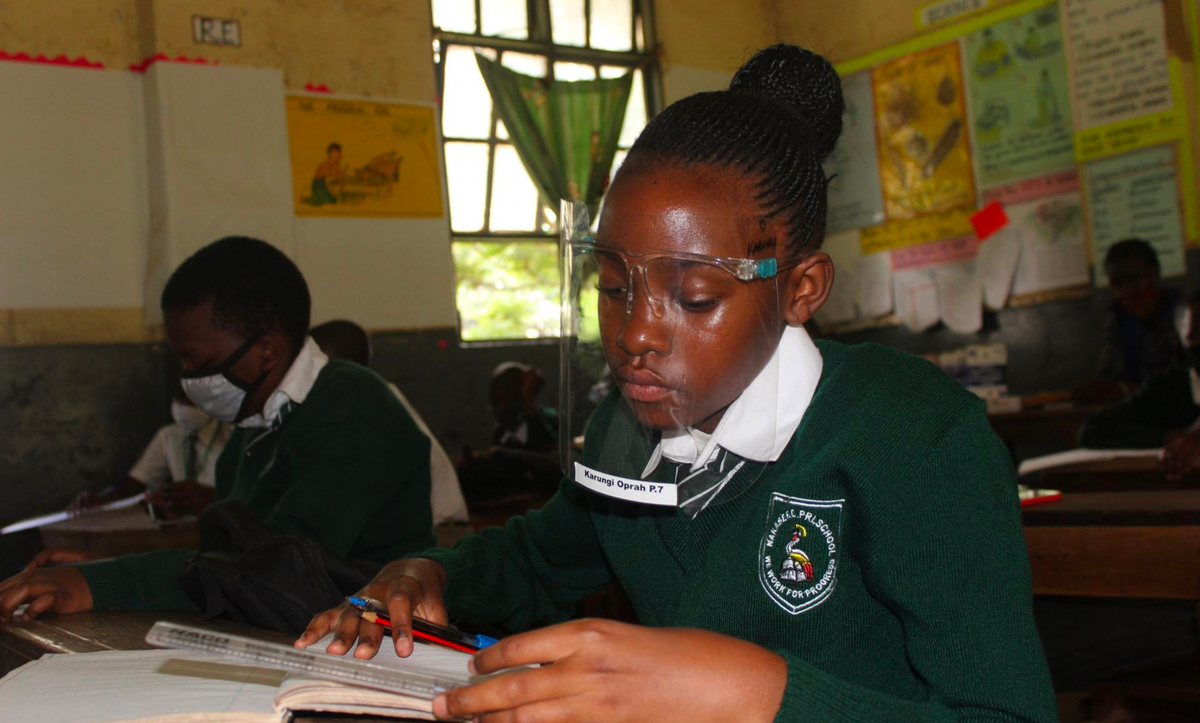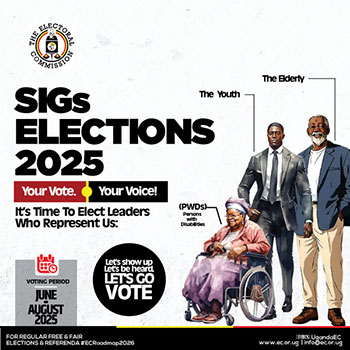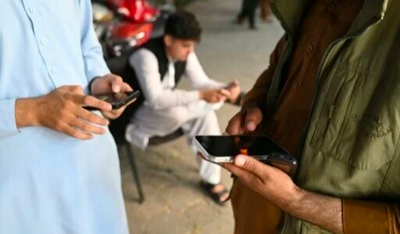
Education specialists are calling on the government and key stakeholders—including parents and communities—to prioritize girls’ education in both policy-making and grassroots initiatives. Despite notable progress in access and enrolment, persistent challenges such as poverty, early marriage, and entrenched cultural norms continue to limit girls’ educational success.
Speaking at the National Conference on What Works in Girls’ Education, Dr. Gorreti Nakabugo, Executive Director of UWEZO, warned against complacency. “We have seen remarkable gains in girls’ enrolment; many girls are entering schools than never (before), but the risks of dropout are still high. There are many other grey areas. If we relax now, we risk reversing the achievements of the past 20 years,” she said.
Dr. Nakabugo further emphasized the need to examine learning outcomes more critically, especially by recognizing the diversity among girls. She noted that failing to dig deeper into the data may reveal that “nothing much has been done.”
The conference, which brought together educators, academics, parents, and global experts, served as a platform to explore effective strategies for improving girls' learning experiences and long-term outcomes.
Uganda’s journey toward gender parity in education has been marked by significant milestones. Historically, girls were largely excluded from formal education, but persistent advocacy has reversed that trend. In recent years, enrolment statistics show that more girls are now attending school than boys.
Data from the Uganda National Examinations Board (UNEB) supports this shift. In 2025, girls constitute 52.5% of candidates sitting for the Primary Leaving Examinations (PLE). At the Uganda Certificate of Education (UCE) level, girls account for 53% of candidates—a notable increase compared to a decade ago when boys dominated both levels.
However, Professor George Wilson Kasule, Dean of the School of Education at Kyambogo University, cautioned against interpreting these figures as the end of the road. He said many still overlook the structural and social barriers that continue to impede girls’ access to quality education.
According to Prof. Kasule, achieving real progress requires continued investment in gender-sensitive infrastructure, teaching practices tailored to girls’ needs, mentorship programs, and scholarship schemes. These, he argued, are essential not just for enrolment, but for retention and completion.
Echoing this, Emmy Zoomlamai Okello, Uganda Country Lead for the Regional Education Learning Initiative (RELI), pointed to data and research indicating that girls remain disproportionately disadvantaged in education. “Many families choose to invest in sons over daughters, while violence, poverty, and child marriage also impact their access to education,” he said, citing a UNICEF report.
Dr. Nakabugo also clarified that promoting girls’ education should not be seen as neglecting boys. She explained that many initiatives aimed at supporting girls ultimately benefit both genders.
There is also a strong economic case for investing in girls’ education. According to a 2020 World Economic Forum report, every dollar spent on girls’ rights and education yields a return of three dollars in developing countries. Furthermore, ensuring that all girls complete secondary education by 2030 could increase GDP in these nations by an average of 10% over the next decade.
Supporting this, a 2018 World Bank report titled Missed Opportunities: The High Cost of Not Educating Girls found that global economic losses due to girls not completing 12 years of education range from US$15 trillion to US$30 trillion in lost lifetime productivity and earnings.
As education experts continue to advocate for stronger efforts, the message is clear: ensuring every girl not only enrolls but thrives in school must remain a national priority.













Marlene Luwedde
Leave a Comment
Your email address will not be published.